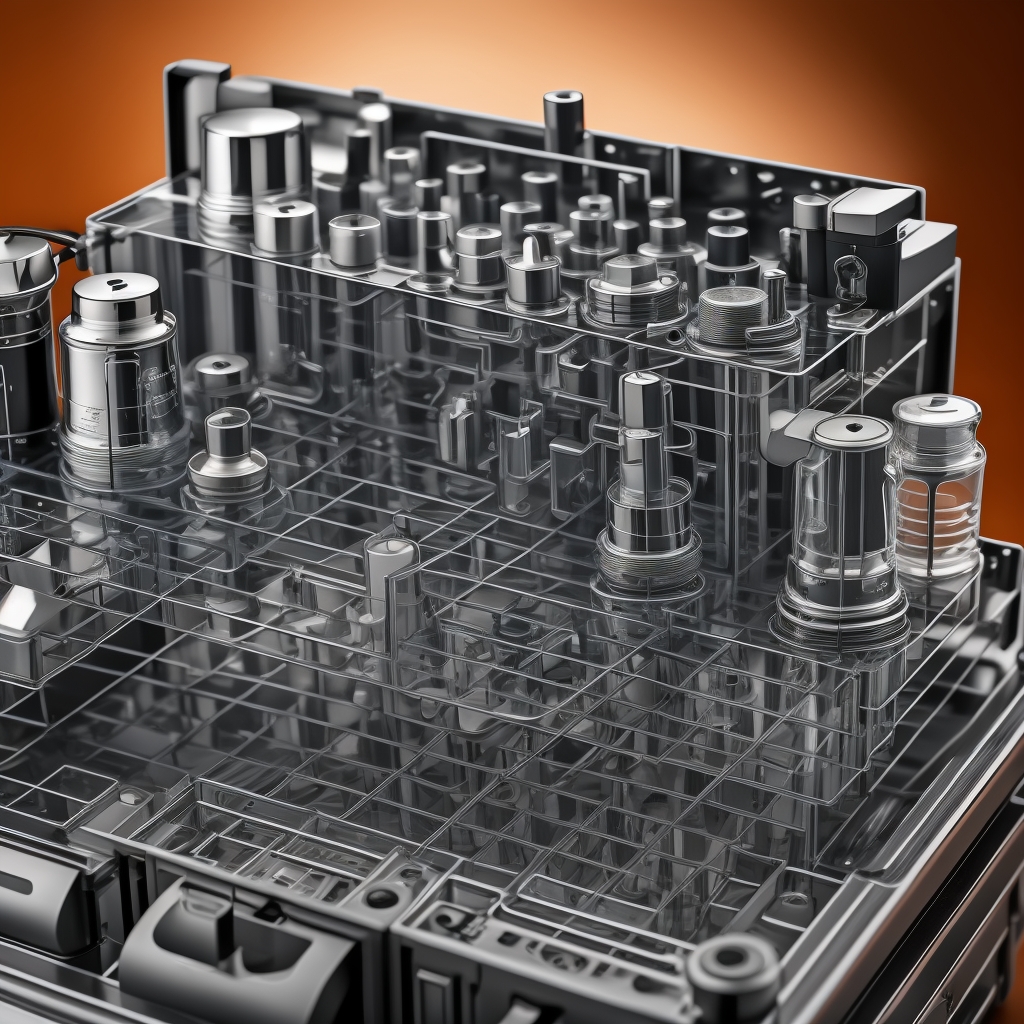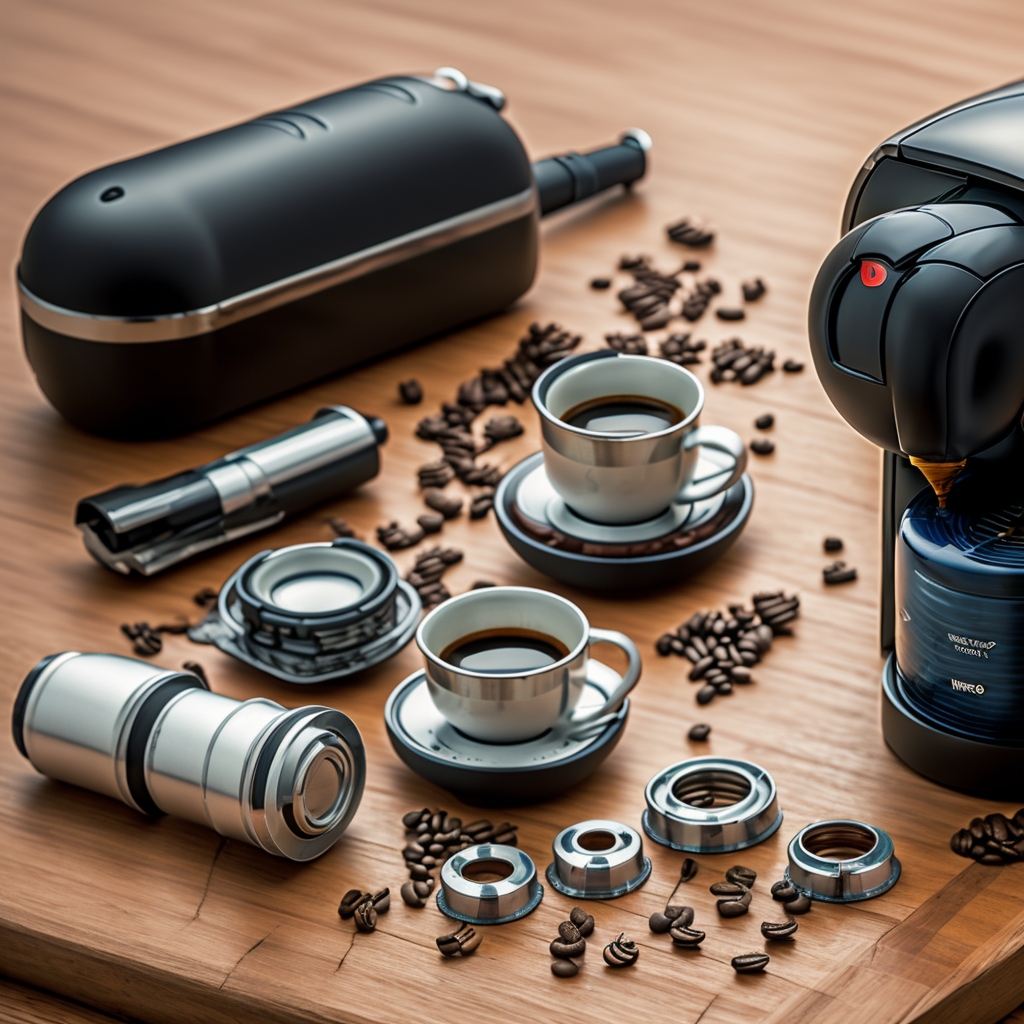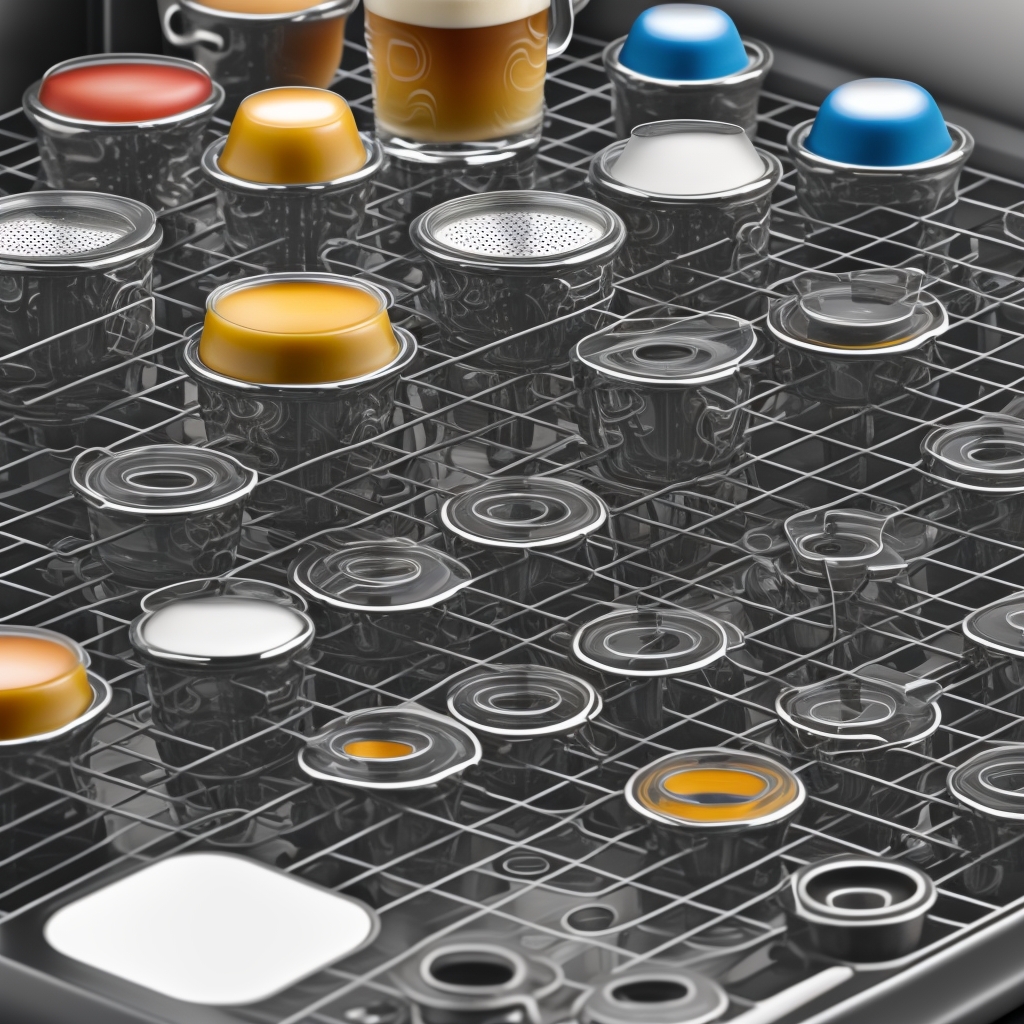Unveiling the Mystery: Why Is Your Nespresso Machine Leaking Water?
Stepping out to the delicate aroma of freshly brewed coffee is one of life’s simplest yet profound pleasures. But when your trusted Nespresso machine starts leaking water, it can quickly turn from a dreamy morning to a nightmare. Fortunately, discerning the cause and addressing it proficiently can quickly restore normalcy.
The Gist: The Common Sources of Nespresso Leakage
Some prominent culprits could be causing this watery trouble with your Nespresso machine. It could be due to internal blockages that need descaling, blockages in the outlet or capsule holder, a broken water tank valve seal, or significant issues with the internal components.
| Issue | Possible Cause |
|---|---|
| Internal Blockages | Accumulated minerals or debris |
| Blockages in Coffee Outlet/Capsule Holder | Improperly inserted capsule or leftover residue |
| Broken Water Tank Valve Seal | Wear and Tear over time |
| Issues with Internal Components | Manufacturing defects or accidental damage |
Understanding the origin of the problem is the initial step towards reclaiming your perfect morning coffee ritual. Let’s delve deeper into each cause and shed more light on how to address them in subsequent sections.

The Complete Guide to Fixing Your Leaking Nespresso Machine: Removing Internal Blockages
Similar to the arteries in your body, the intricate network of pipes and tubes inside your Nespresso machine can suffer from blockages. But instead of cholesterol, it’s minerals from water, coffee residue, and other particulate debris that could be causing the trouble.
Descaling: The Heart of the Solution
The heart of the solution lies in the simple yet effective process of descaling. It’s analogous to a detox that paves the way for smoother, more efficient functioning of your beloved coffee machine.
How Often Should Descaling Be Done?
Before your machine shows any signs of distress, make sure you descale every three months, or after 300 cups of coffee have been brewed. This preventative measure ensures that your trusty companion for those bleary-eyed mornings doesn’t let you down when you need it the most.
Descaling Process: A Step by Step Guide
The process of descaling is refreshingly simple. You can purchase a descaling solution designed specifically for Nespresso machines or create your own with equal parts water and white vinegar.
- Empty the water tank, rinse it, and refill it with the descaling solution.
- Turn on your machine and run the descaling solution through it a couple of times.
- Rinse the water tank thoroughly and run fresh water through your Nespresso machine to remove any remnants of the descaling solution.
Monitoring and addressing internal blockages are vital for the overall wellbeing of your Nespresso machine. However, our exploration doesn’t end here. As we unravel further, you’d find other important aspects that determine the perfect functioning of your coffee companion, waiting to be discovered.

Giving Your Nespresso a New Pulse: Repairing Coffee Outlet or Capsule Holder Blockages
Now that you’ve learned about descaling and how it can help prevent internal blockages, let’s delve deeper into the heart of your Nespresso machine: the coffee outlet and the capsule holder. These work together, much like your heart and blood vessels, to deliver that perfect cup of coffee.
Clearing the Coffee Outlet
Debris, such as coffee grinds, can sometimes find their way into the coffee outlet, disrupting the steady flow of liquid gold. Cleaning it regularly can enhance the longevity of your machine and render a flawless coffee experience each time.
Here’s How to Do it:
- Switch off and unplug your machine.
- Let the machine cool down to avoid any possible burns from the residual heat.
- Locate the coffee outlet- usually found under the coffee spout.
- With a clean, damp cloth, wipe the area around the outlet.
- To dust off the inner parts of the outlet, you can use a small brush that is usually provided with Nespresso machines.
Cleaning the Capsule Holder
The capsule holder is another essential component that demands your attention. Coffee grinds and even small particles from the capsules might get stuck in the holder, causing the Nespresso machine to leak.
Steps to Clean the Capsule Holder:
- Switch off, unplug, and let your machine cool down.
- Open the machine’s top and carefully remove the capsule holder.
- Rinse with warm water and use a soft brush to gently scrub off any stuck coffee grinds or dust.
- Leave it to thoroughly dry before placing it back into the machine.
As you ensure the unobstructed functionality of the coffee outlet and capsule holder, you are one step closer to solving your Nespresso leakage conundrum. Let’s continue our journey to understand other potential pitfalls in the path of perfect coffee extraction.

Solving the Dripping Dilemma: Dealing with Broken Water Tank Valve Seals on Your Nespresso
Having impeccably cleaned the coffee outlet and capsule holder, you might still find your Nespresso spluttering drops. Don’t fret. This section will shine a light on another crucial component: the water tank valve seal. This unsung hero ensures precise water flow and prevents leaks.
Identifying Water Tank Valve Seal Damage
Over time, the water tank valve seal might deteriorate or even break, leading to water seeping out undesirably. It’s always crucial to periodically inspect this seal for any signs of breakage or wear and tear.
How to Spot Damaged Seals:
- Detach the water tank from your Nespresso machine.
- Locate the water tank valve at the bottom of the tank and examine the seal attached to it.
- Look out for cracks, tears, or any visible signs of wear on the seal.
Replacing the Broken Seal
If the seal is damaged, replacing it is generally straightforward and a sure-fire way to stop the leakage.
Steps to Replace a Damaged Seal:
- Using a screwdriver, gently unfasten the water tank valve.
- Remove the broken seal with care, avoiding any damage to surrounding parts.
- Place a new seal carefully, ensuring it fits snuggly in its designated position.
- Reattach the water tank valve and secure firmly.
- Reinstall the water tank onto your machine.
A small part like the water tank valve seal plays a vital role in your Nespresso’s overall functionality. Taking care of it equips you with another vital tool in your arsenal to combat machine leaks. So let’s soldier on, as there are even more valuable insights to explore in our quest for the perfect brew.

Navigating Major Mishaps: Addressing Significant Issues with Nespresso’s Internal Components
You’ve tamed the beast of blockages and vanquished broken seals. But out in the espresso wilderness more formidable foes await – the Nespresso’s intricate internal components. Let’s delve into the labyrinth to solve bigger issues that lurk within.
The Heart of the Matter: Nespresso’s Pump,
At the core of your Nespresso lies the pump, the mighty mechanism responsible for delivering water at the right pressure. A malfunctioning or weak pump may lead to water leakages. Identifying pump problems can be challenging but pay attention to unusual noises, slow water delivery, or low levels of pressure.
How to Tackle Pump Issues:
- Ensure the water tank is filled and machine is turned off before attempting to examine the pump.
- Remove the machine’s back cover following the manufacturer’s instructions.
- Inspect the pump for visible damage or leaks.
- If replacement is required, make sure to obtain an original part from a certified manufacturer and have it installed by a professional.
Sailing Through the Circuitry: Nespresso’s Electronic Boards
The barista’s metronome, the electronic board is your Nespresso’s timing maestro, controlling water flow and temperature. Faulty circuitry could cause water leakages or irregular flow.
Addressing Electronic Board Issues:
- Unplug your machine and remove the back cover as per the product manual.
- Examine the electronic board for any signs of loose connections, burned areas or signs of water damage.
- If you detect issues, it’s usually wise to seek help from a professional technician – working with electronics demands careful handling and specific skills to avoid further damage or safety risks.
Thread carefully when exploring these sophisticated parts of your Nespresso machine. Their intricacies may seem daunting, but with attention to detail and respect for the machinery, you’ll prevail. And our journey doesn’t end here – join me as we explore how to leverage your warranty protections in the battle against leaks.

Beyond the Drops: Leveraging Your Warranty and Contacting Support for Your Leaking Nespresso
Leakages can be daunting – through our journey, we’ve seen the complexity of tackling various issues with your Nespresso. But fear not! You have a powerful weapon at your disposal: the warranty. It’s time to wield it.
Decoding Your Nespresso Warranty
Most Nespresso machines come with a standard one or two-year warranty. This safety net provides protection against defects that aren’t caused by consumer misuse or negligence. Understanding the terms and conditions is key to utilizing the warranty effectively. In many cases, malfunctioning parts, including those causing leaks, fall under the warranty’s umbrella.
Steps to Utilize Your Warranty:
- Hold onto your receipt as it’s often required for proof of purchase and to validate the warranty period.
- Go through the warranty documents related to your specific Nespresso model to understand what’s covered.
- If a warranty claim needs to be made, contact Nespresso Support for guidance on their official procedure to ensure smooth sailing.
Dialing Nespresso Support
When leaks persist, and home investigation ends inconclusively, it’s time to tag in the experts: Nespresso’s Support Team. With extensive knowledge of the machines, they can guide you through further troubleshooting or organize professional repair services.
| Pleasantly navigating Nespresso Support: | |
|---|---|
| 1. | All Nespresso models have unique identification numbers. Keep yours handy for quicker service and accurate guidance. |
| 2. | Be ready with a detailed, clear description of the issue, such as where the leak originates. |
| 3. | Stay patient and open to suggestions. Sometimes, the solution might be as simple as correctly aligning a capsule. |
We hope this exploration has shed light on your leaky Nespresso dilemmas and armed you with the strategies to combat them. Remember, from defeating blockages to navigating warranty claims, every step is part of the journey to a perfect cup of coffee. Let every drop of brewed success be a testament to your mastery over the Nespresso machine. Until next time, may your espressos flow freely, and your experiences be leak-free!
